Family
Midwife: Bible
Midwifery is one of the oldest professions, and several biblical narratives refer to midwives. In addition, in one psalm God is metaphorically depicted as a midwife, delivering a person from danger. Israelite obstetrical practices were probably similar to ones known from other ancient Near Eastern texts.
Midwife: Midrash and Aggadah

Mikveh
The mikveh is a ritual bath prescribed by ancient Jewish law for the rite of purification. It had particular significance for Jewish women, who were required to immerse themselves in the mikveh following their menstrual periods or after childbirth in order to become ritually pure and permitted to resume sexual activity. The practice has been jettisoned by many Jews but continues to be observed today, not only in Orthodox communities but also by feminists, queer Jews, and others who have reinterpreted the ritual.
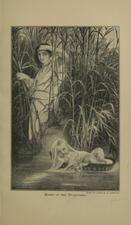
Miriam: Midrash and Aggadah
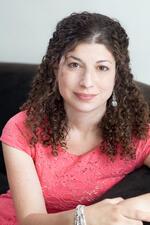
Tova Mirvis
Mizrahi Feminism in Israel
Mizrahi feminism goes beyond the typical western scope of feminism to include the history and issues that concern women in the Middle East in Israel and in Arab and Muslim countries. An intersectional feminism, it is particularly sensitive to issues of race, class division, immigration, and ethnic discrimination.

Cheryl Moch
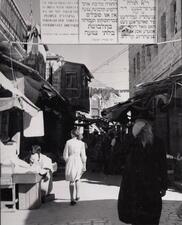
Modesty and Sexuality in Halakhic Literature
Though it is not mentioned in the Bible, modesty (zeni'ut) has become a significant part of modern halakhah, especially in the realm of sexuality. For women, sexual modesty means covering up their bodies. For both men and women, modesty also entails certain behavioral rules. These modesty rules ensure that sex happens in a way that is deemed proper, in the right time and place.
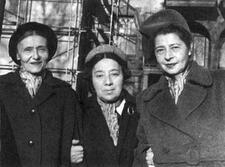
Kadya Molodowsky
Kadya Molodowsky was a major figure in the Yiddish literary scene in Warsaw (from the 1920s through 1935) and in New York (from 1935 until her death in 1975). She published extensively in many genres, including poetry, fiction, drama, and essays, and founded and edited two journals. Recurrent themes in her work include the lives of Jewish women and girls Jewish tradition in the face of modernity, Israel, and the Holocaust.
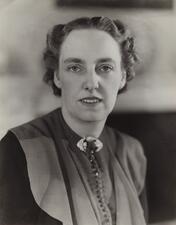
Eva Violet Mond Isaacs, Second Marchioness of Reading
Lady Eva Violet Mond Isaacs, Marchioness of Reading, was born into one remarkable family and married into another. She occupied a unique place in Anglo-Jewry; as Vice President of the World Jewish Congress and President of its British section she was an eloquent and vocal supporter of the Zionist cause and the young state of Israel.
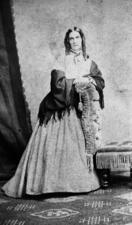
Emma Mordecai
Emma Mordecai (1812-1906) navigated direct challenges to her Jewish faith and to her southern ideals by remaining loyal to both. She responded to the Civil War, which stirred antisemitism in the South and especially threatened Richmonders, with renewed commitments to Judaism and to the racist ideals of the Confederacy.
Sara Ann Hays Mordecai

Morocco: Nineteenth and Twentieth Centuries
The Moroccan Jewish community was the largest Jewish community in North Africa during the nineteenth and twentieth centuries. The status of Moroccan Jewish women was affected by a variety of factors, including a patriarchal order and social changes brought about by economic development, urbanization, and contact with European countries.

Moshavah
Mother of Micah: Bible
The story of Micah’s mother in Judges 17 is short, but it offers a key insight into ancient Israelite women’s important role as a leader in household worship.
Mother of Micah: Midrash and Aggadah
One midrash posits that Delilah was Micah’s mother, based on two stories in the Bible that mention Delilah and Micah immediately after one another. However, Rashi argued that the timelines of Delilah and Micah’s lives meant that they could not be related.
Mother of Samson: Bible
Though her name is never mentioned, Samson’s mother plays a vital role in shaping her son, one of the greatest among the Judges. When notified by a divine messenger that her son must be a Nazirite, she herself keeps the Nazirite vows, ensuring that he could grow up to become a hero to Israel.
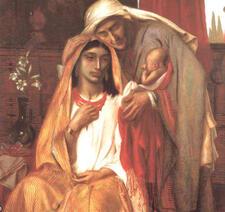
Naomi: Bible
Naomi is featured prominently in the Hebrew Bible and is portrayed as a woman who both challenges and conforms to patriarchal expectations. Analyses of Naomi from a modern feminist lens include varied interpretations of her actions, but she nevertheless dominates the stories in the Book of Ruth and effectively controls the situations of which she is a part.

Naomi: Midrash and Aggadah
Midrash portrays Naomi favorably, referring to her as righteous and significant. The Rabbis emphasize her dedication to her faith and her commitment to supporting her gentile daughter-in-law, Ruth. She guides Ruth through her conversion, encourages Ruth to maintain her devotion, and raises the child to whom Ruth gives birth.
Adele Gutman Nathan
Adele Gutman Nathan was a prolific writer, theater director, and creator of historical pageants and commemorative events. She wrote fourteen children’s books, in addition to newspaper and magazines articles. Nathan directed theater in Baltimore and New York and staged events from the 1933 and 1939 World’s Fairs to the hundredth anniversary of the Battle of Gettysburg.

Joan Nathan
Award-winning journalist and cookbook author Joan Nathan is a transformative figure in documenting and exploring the evolving Jewish experience both in America and around the globe through the powerful lens of food. A long-standing contributing writer to The New York Times and Tablet Magazine, Nathan is the author of eleven books, as well as hundreds of articles, podcasts, interviews, and public presentations about Jewish, global, and American foodways.
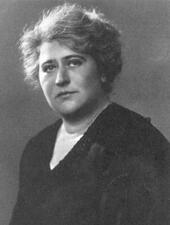
National Council of Jewish Women
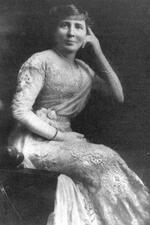
National Federation of Temple Sisterhoods
Founded in 1913 as the National Federation of Temple Sisterhoods and officially renamed Women of Reform Judaism (WRJ) in 1993, the WRJ has for more than a century galvanized hundreds of thousands of Jewish women to support and advance Reform Judaism, the Jewish people, and Jewish values in their home communities, around the country, and around the world.
Nature of Women
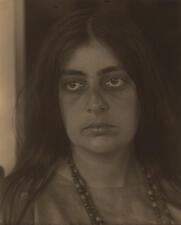
Margaret Naumburg
By founding the Walden School and creating her own system of education based on principles of psychoanalysis, Margaret Naumburg laid the groundwork for the new discipline of art therapy. Naumburg also authored many works on psychology and art therapy.


